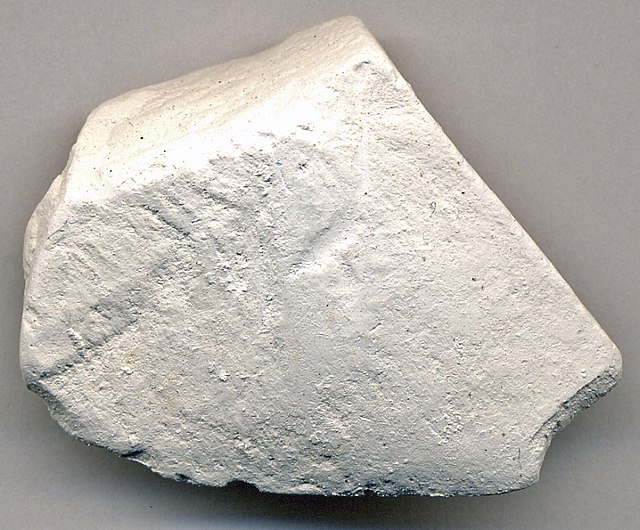The Chalk Group is the lithostratigraphic unit which contains the Upper Cretaceous limestone succession in southern and eastern England. The same or similar rock sequences occur across the wider northwest European chalk 'province'. It is characterised by thick deposits of chalk, a soft porous white limestone, deposited in a marine environment.
Brass Point, one of the Seven Sisters
The Needles, (Isle of Wight); part of southern England's extensive chalk outcrop.
Fossil echinoid Echinocorys from the Chalk Group of England
Ivinghoe Beacon, Chiltern Hills
Chalk is a soft, white, porous, sedimentary carbonate rock. It is a form of limestone composed of the mineral calcite and originally formed deep under the sea by the compression of microscopic plankton that had settled to the sea floor. Chalk is common throughout Western Europe, where deposits underlie parts of France, and steep cliffs are often seen where they meet the sea in places such as the Dover cliffs on the Kent coast of the English Channel.
Beachy Head is a part of the extensive Southern England Chalk Formation.
"Nitzana Chalk curves" situated at Western Negev, Israel, are chalk deposits formed in the Mesozoic era's Tethys Ocean
Open chalk pit, Seale, Surrey, UK
Chalk from the White Cliffs of Dover, England







